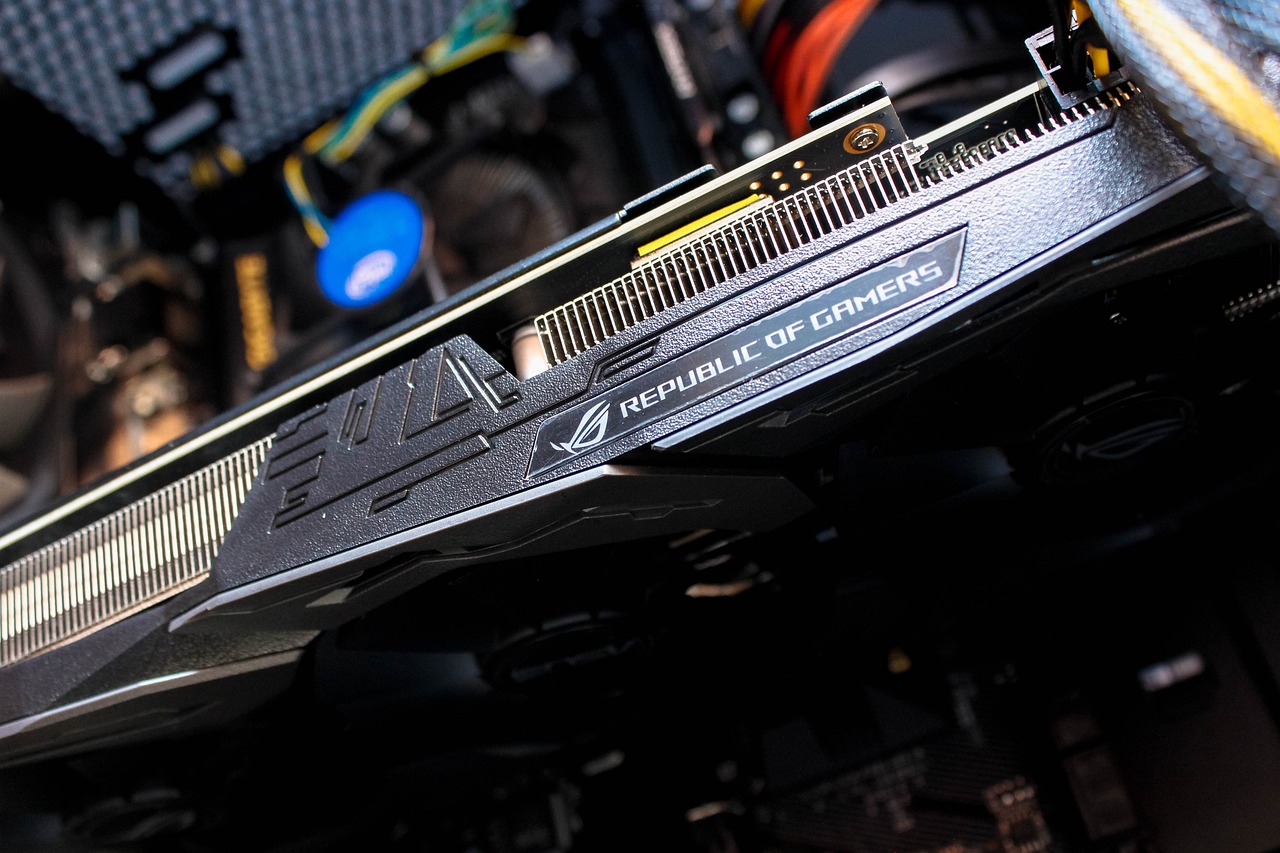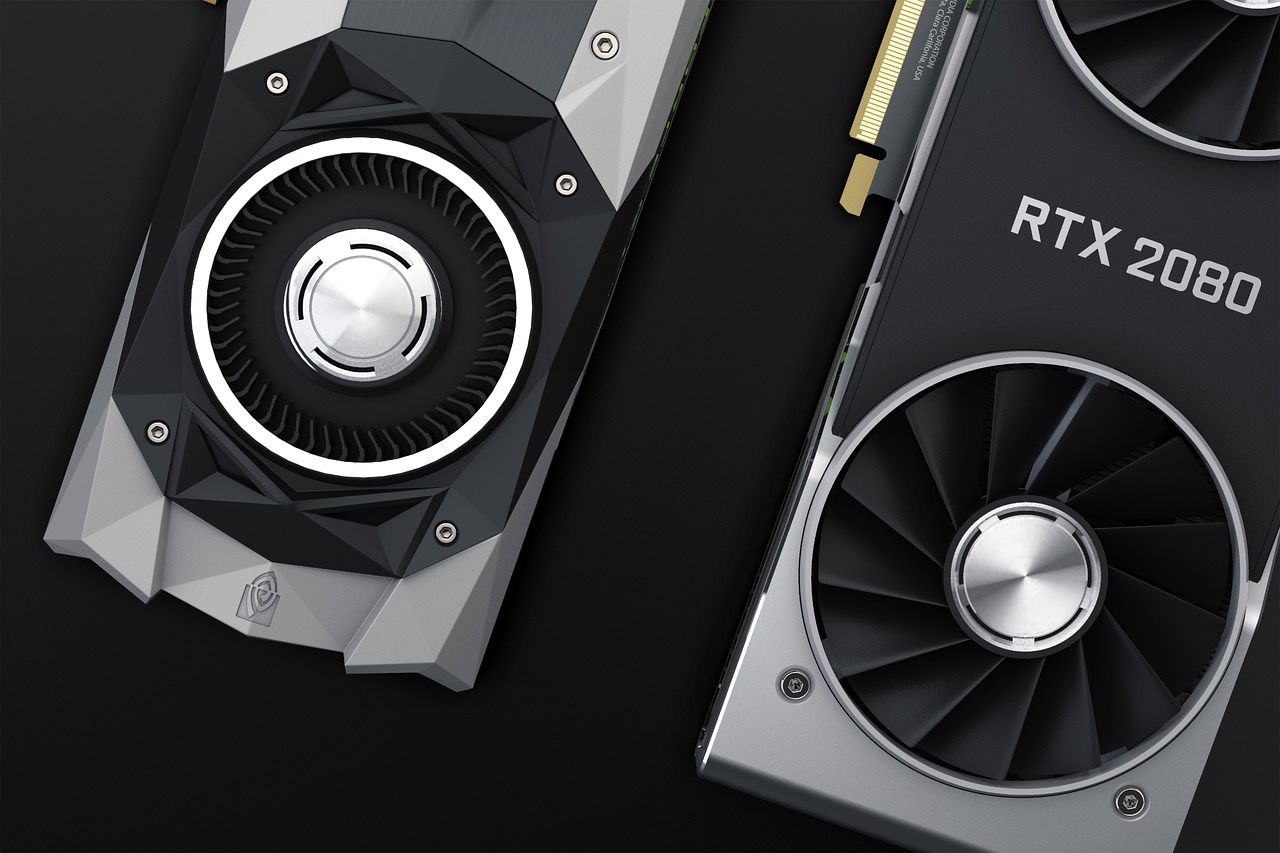The Zotac GeForce GT 1030 Low Profile Graphics Card is featured at #1 on this list as it offers great balance between a GPU made for gaming and barebones video output. For those who are looking for a cheap, low-profile video card that offers them an acceptable performance on gaming at 1080P, the Gigabyte GT 1030 low-profile graphics card may be a good option for you. Even if you are looking to play current PC games on a PC, when having a low-profile graphics card, then you could still do that with the help of Gigabytes GeForce GTX 1650 Super OC.
In fact, the most effective and powerful graphics cards are usually available in low-profile form, and I cannot leave out ZOTACs GeForce GTX 1050 Ti in this regard.
Overall, Gigabytes Geforce GTX 1050 Ti OC graphics card offers great performance, a reasonable aesthetics, and a solid cooling design, making it a great option. If you have a system prone to overheating, because of the dimensions of the package, as well as the cooling that is available, the Gigabyte Geforce could be an excellent replacement for the GPU. This card gives you more space inside the machine for cooling, but at the same time, it will still keep those strong graphics that you require.
The Gigabyte Geforce means anyone who is interested in turning around the life of their older computers has the option of doing so with a relatively low investment. While not powerful enough to get into advanced pro gaming or specialized, the card is capable of taking a modestly appointed computer up to casual hobbyist level of play, just by installing it easily.
If you are planning to build a gaming computer within a mini-ITX or micro-ATX case, and need a smaller graphics card to fit within, then either option above should do. If you are planning to build a smaller system, the following are the options below that are compact graphics cards that will meet your needs, regardless if your budget is big or small.
Nearly all of the lower-profile graphics cards are designed to fit into stock mounts, meaning that you can probably buy another mount that allows the lower-profile graphics cards to fit into standard-sized PC cases. Both of these will generally share the same chip size and brackets, although these will differ a fair bit, so be sure the low-profile graphics card you purchase is suitable for your case as well, and there is plenty of room inside your case. While some low-profile GPUs are really tiny, there are a large number of them that are a bit larger than others, which could become an issue, particularly if you are trying to build the smallest gaming PC possible or are aiming for a specific build.
A lower-profile card that has lower power requirements, is silent, and is smaller in size is generally going to have somewhat less sophisticated graphics processing, though, and a card like this cannot generally compete with the performance of larger video cards. A low-profile high-quality card may be a bit harder to come by, however, and dedicated PC gamers will generally find that such a cards graphics processing is insufficient for running new games at higher video settings.
You will barely find high-end graphics cards at lower profiles, although you can easily find low-end GPUs at mid-range prices that can handle 1080p high graphics settings at a playable framerate. You can easily envision lower-profile GPUs being comparatively cheaper than typical graphics cards, and then it depends on various factors including aesthetics, RGB, heat-cooling design, and general performance.
Often misused as an umbrella definition of smaller/more compact GPUs, Low-Profile GPUs are actually graphics cards that have a maximum height of 2.536 inches, and depending on MD1 or MD2 size specifications, maximum lengths of 119.91mm (4.721 inches) or 167.64mm (6.6 inches), respectively. A Half-height graphics card is also known as a low-rise graphics card, where it is installed comparatively lower in height compared to the rest of the offerings. Typically, low-profile graphics cards feature single slots in contrast to a standard GPU, and are shorter.
If you want to buy a smaller, lower-profile graphics card for your PC, you can look at GPU models such as GT 710, GT 730, GT 1030, and GTX 1650 from Nvidia, and the Radeon 7750 from AMD. Today, users do not just have one choice to go for the high-end GPUs; rather, they can get even half-sized graphics cards that offer nearly as much horsepower required by AAA gaming titles, as well as reasonable FPS results.
If you are looking to build a gaming PC in the smaller form factor, we have listed the top seven lower-profile graphics cards in this guide, in different price points and level of performance, to help you find the right choice for your system. To make it easier to make a decision, we have provided the table below with a brief overview, listing our top choices for the best low-profile and mini-form-factor video cards across various categories.
If you want an absolutely tiny GPU, you are going to have to deal with lower clock speeds and temperatures, which can in some cases prove to be unpleasant. You are getting a GPU that is a little worse performing, but it might be quieter, and will require less fuss in terms of cooling. You get a GPU that performs exactly like a full-size model, but it will get hotter and produce more noise.
Single-fan GPUs are extremely compact, meaning that there is less surface area to heat up, plus, they have just one fan, making cooling that much harder. Incredibly powerful graphics cards come with dual fans, but due to their reduced size, you will not find that they produce nearly as much noise as fans on standard-sized GPUs. In the end, however, low-profile, compact GPUs are niche markets for PC builders who, above all else, must work within size constraints, and can tolerate a hit to performance from thermal throttling or slower clock speeds.


